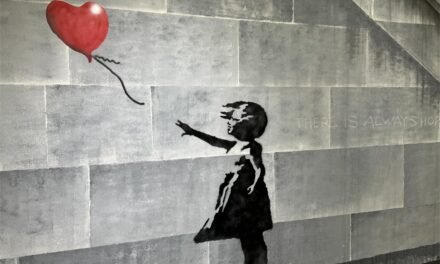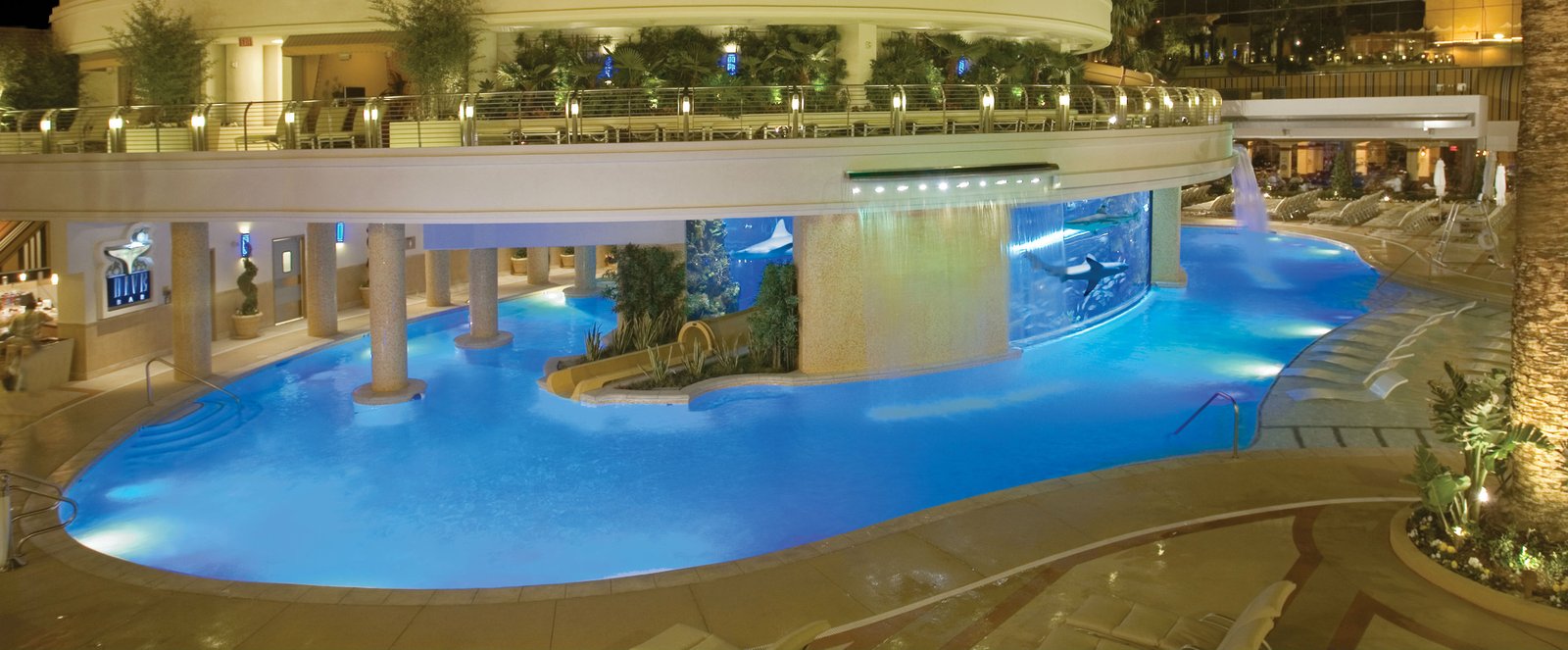
Kites take flight at Long Beach

Images Courtesy of World Kite Museum and Hall of Fame, Long Beach
Kites always seem to evoke a childhood-like joy in people of all ages. These colorful creations soar and dance in the sky and can provide hours of low-cost recreation, whether you’re the flier or the spectator.
At the upcoming Washington State International Kite Festival in Long Beach, you’ll find plenty of kite enthusiasts, from novice to famed fliers and kite designers. They come to take part in kite building workshops, flying lessons and friendly competitions, as well as in other hands-on activities during the weeklong summer event.
Long Beach, deemed the “Kite Capital of the U.S.,” is known for its numerous kite shops, resident kite flyers and the World Kite Museum & Hall of Fame. This Washington State coastal area also boasts miles of pristine sandy beaches (ideally suited for kite flying), abundant parks, historic lighthouses, a wildlife refuge and a coastal bike and pedestrian trail. It’s a veritable playground for outdoor aficionados.
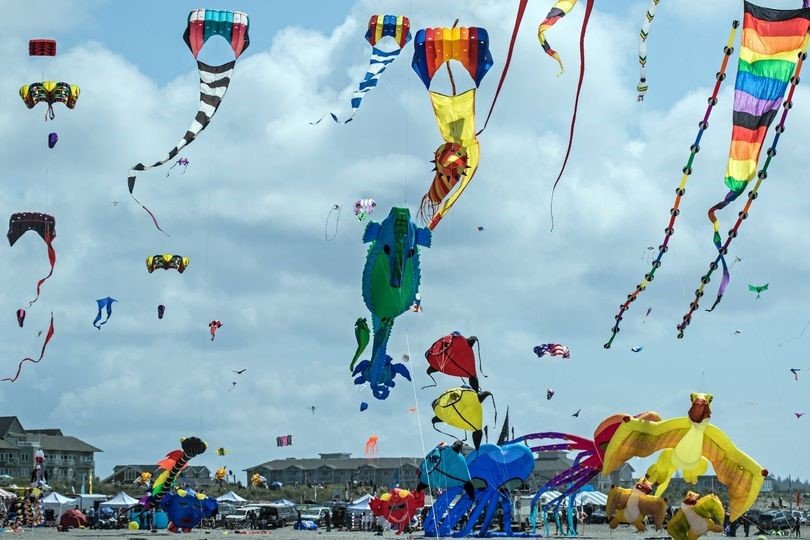
The popular kite festival, which began in 1981 as a humble gathering of nine plus one kite team, has grown over the years into one of the largest events of its kind in North America. It attracts thousands of visitors from around the world who share a passion for kite flying. This year, the festival will be held August 15-21.
For those unversed in the world of kites, a stop at the World Kite Museum is a must. Here you’ll learn about the art, science and history of kites with exhibits that include kites from around the world, from bygone eras and from the present and future, where the kite is a “green” source of power. There are videos of kite fighting, stamps with kites on them from dozens of different countries, kites that saved lives in WWII, a display on the development of technical uses for kites and more.
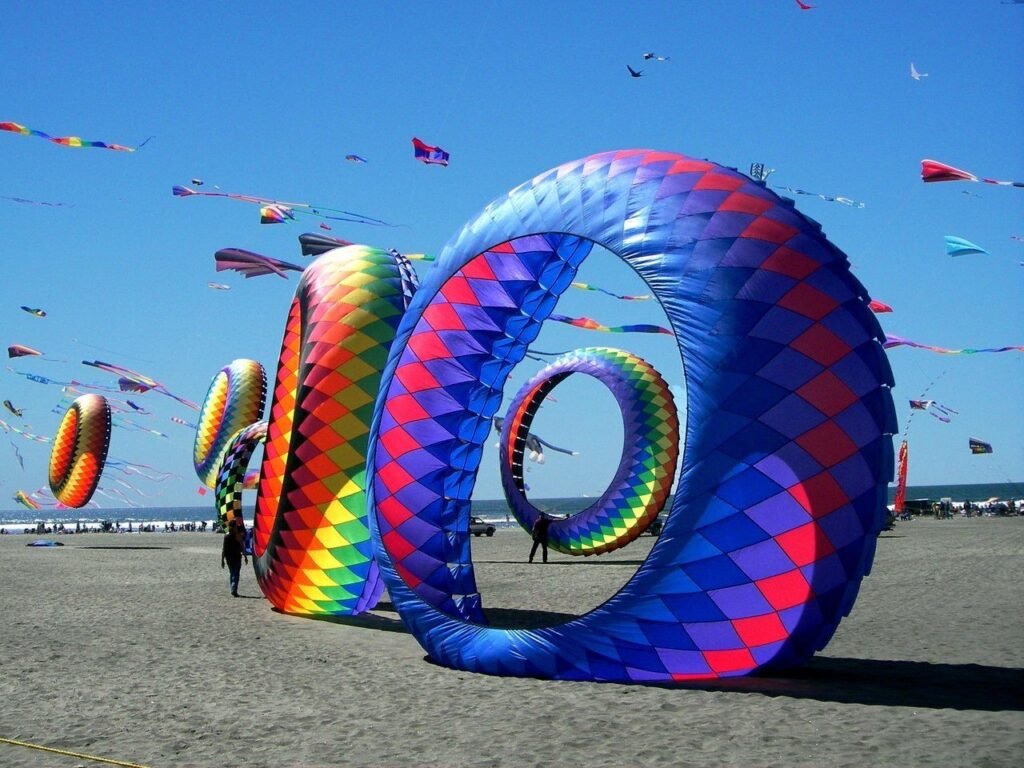
The museum’s Hall of Fame pays tribute to outstanding individuals, who have been involved in the multicultural phenomenon of kites. Each member is recognized by a plaque in the Hall of Fame. There’s Brooks Leffler, for example, an indefatigable ambassador of kite aerial photography; Don Tabor, who developed synchronized team flying performing to music; Charlie Sotich, the master of marvelous miniature kites made from materials like table napkins and micro-thin mylar film; and Shingo Modegi, founder of the Japanese Kite Association and original owner of the Japanese Kite Museum.
Among the festival’s many highlights are kite competitions and performances, workshops, exhibitions and mass ascensions of hundreds of kites in the air at one time. And each year, featured flyers are selected to add a unique blend of art and ingenuity to the week’s colorful skies.
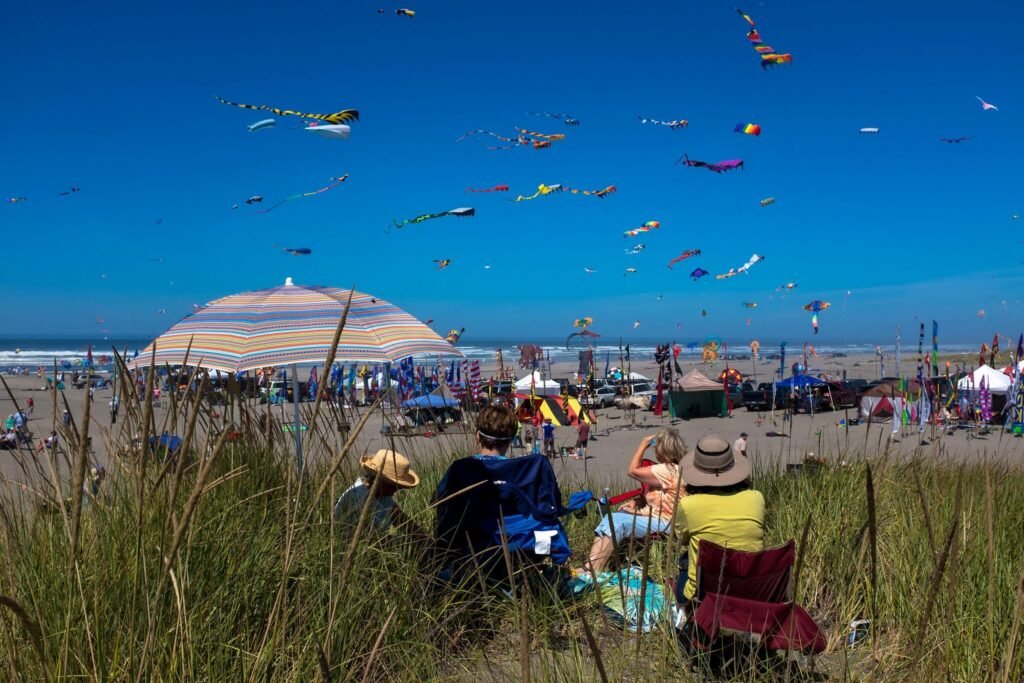
One of the more popular events is Rokkaku Battles, where Japanese style battle kites fight against one another in the air with the objective being to knock out the competition. On the other end of the spectrum is Kite Ballet. Participants in this activity fly their kites to music and are judged by the variety and difficulty of maneuvers executed, along with the choreography and flow. This activity can involve teams of fliers working in unison.
The level of suspense and spontaneity is elevated in a form of Kite Ballet called Mystery Ballet, where fliers don’t know what song they will be flying to until the music starts.
Another fan favorite is Hot Tricks. Participants in this event have the opportunity to strut their stuff when it comes to displaying the newest stunts on the leading edge of the sport. They demonstrate intricate spins, flips, floats and turns – maneuvers that you would not think possible with a kite – and the wow factor is extreme.
The festival is a showcase of spectacular kite trains – dozens of kites joined together and released one at a time into the sky. These can be traditional diamond shaped, rectangular with a round hole in the middle, shield shapes, or in the semblance of birds. There are also arches, a series of kites anchored to the ground one each end, creating billowing arch-like formations.
You’ll be mesmerized by the rainbow of hues, the different shapes and sizes and the sheer volume of kites that fill the sky. The only downside is a crick in your neck, developed by a constant eye upwards!
Be sure to check out the fair style booths that line both sides of the beach approach, with assorted kite-related merchandise and crafts on display, along with the typical festival fare.


